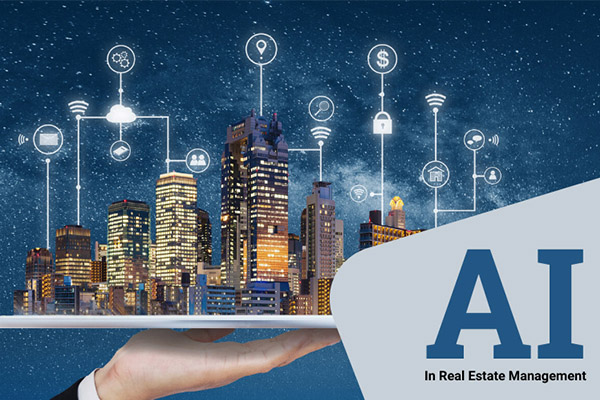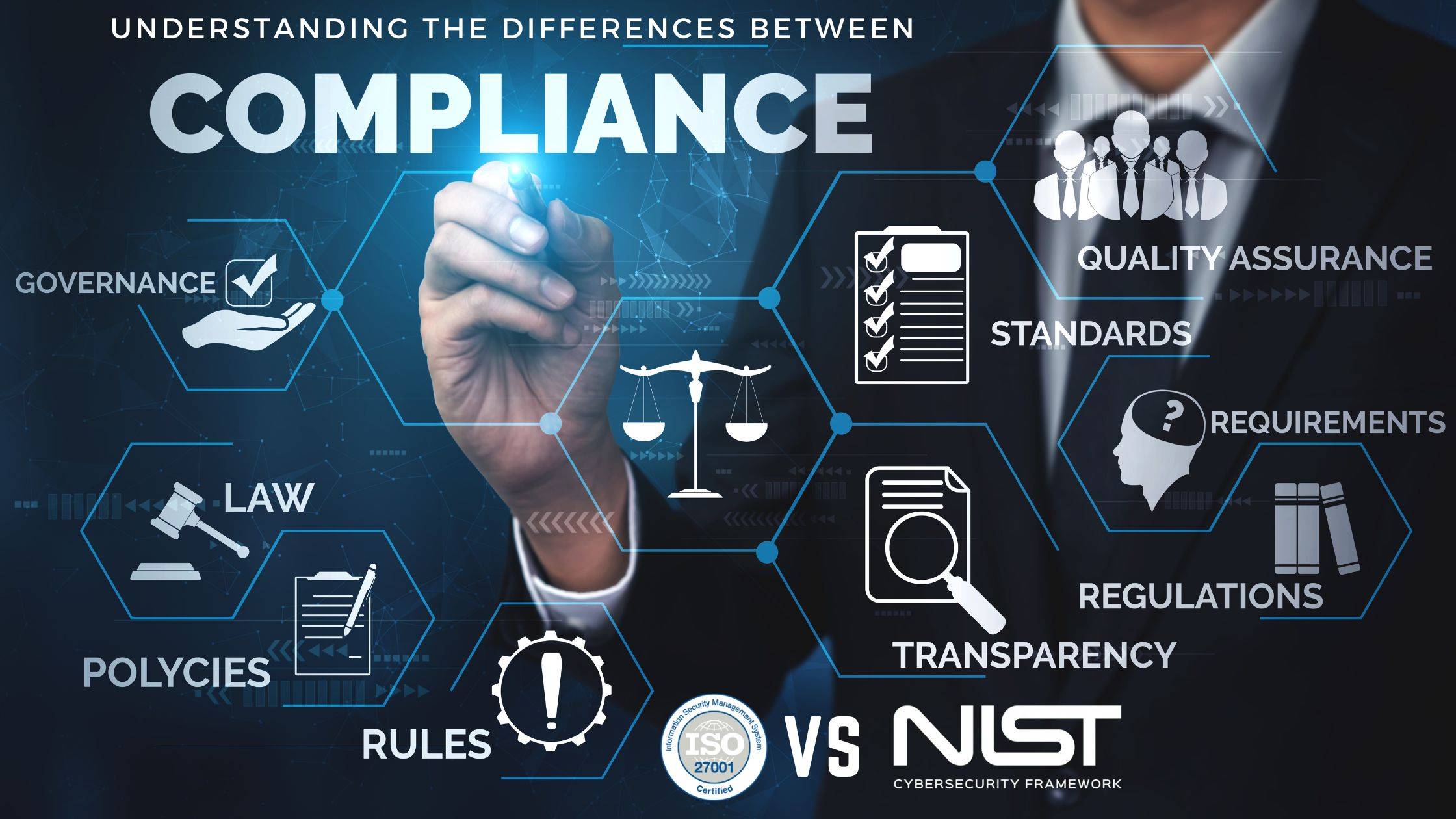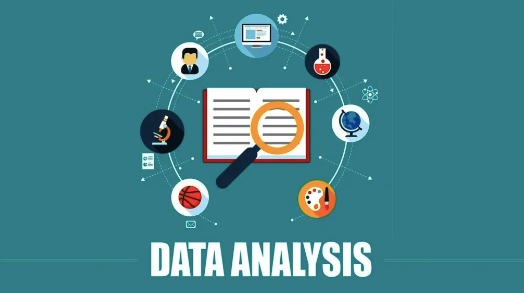As we step into 2025, the cybersecurity landscape is evolving rapidly. With new technologies come new threats, making it essential for businesses to stay ahead of potential vulnerabilities. From Lagos to Port Harcourt, companies must be proactive in understanding and defending against emerging cybersecurity threats. Here’s an overview of what to watch out for and how to protect your business.
Rising Threats: What to Expect
1. Advanced Ransomware Attacks
Ransomware continues to be a major threat, and in 2025, we’re seeing more sophisticated and targeted attacks. Modern ransomware is not only encrypting data but also exfiltrating sensitive information, which can be used for double extortion tactics. Attackers are increasingly targeting critical infrastructure and large enterprises, demanding higher ransoms and causing more significant disruptions.
To defend against ransomware, businesses need to implement robust backup solutions and regularly test their disaster recovery plans. Ensuring that your backup data is encrypted and stored securely can prevent attackers from accessing it. Additionally, investing in advanced threat detection and response solutions can help identify and mitigate ransomware attacks before they cause major damage.
2. AI-Powered Cyber Attacks
As AI technology advances, cybercriminals are leveraging AI to conduct more sophisticated attacks. AI-powered tools can automate and scale phishing attacks, making them harder to detect and more convincing. These tools can also be used to exploit vulnerabilities in systems and networks with unprecedented precision.
To counter AI-powered threats, businesses should focus on enhancing their security awareness training programs. Employees need to be educated about recognizing phishing attempts and other social engineering tactics. Implementing AI-driven security solutions can also help detect and respond to emerging threats in real-time, providing an additional layer of defense.
3. IoT Vulnerabilities
The proliferation of Internet of Things (IoT) devices introduces new security challenges. Many IoT devices have weak security measures and can serve as entry points for attackers to breach networks. In 2025, we can expect a rise in attacks targeting these devices, which can lead to significant data breaches and operational disruptions.
To protect against IoT vulnerabilities, businesses should ensure that all IoT devices are regularly updated with the latest security patches. Segmenting IoT devices from critical network segments can also reduce the risk of an attacker gaining access to more sensitive systems. Implementing strong authentication mechanisms for IoT devices is essential to secure them from unauthorized access.
4. Cloud Security Risks
As more businesses move their operations to the cloud, the security of cloud environments becomes increasingly critical. Misconfigurations, inadequate access controls, and insecure APIs can expose cloud resources to potential threats. Cybercriminals are targeting these vulnerabilities to gain unauthorized access to sensitive data.
To enhance cloud security, businesses should adopt a comprehensive cloud security strategy that includes proper configuration management and regular security assessments. Implementing strong access controls and encryption for data at rest and in transit can help protect cloud assets. Additionally, leveraging cloud security tools and services offered by cloud providers can provide an extra layer of protection.
Conclusion
Preparing for cybersecurity threats in 2025 involves understanding the evolving landscape and implementing proactive measures to defend against emerging risks. By staying informed about advanced ransomware tactics, AI-powered attacks, IoT vulnerabilities, and Cloud security challenges, businesses can strengthen their defenses and safeguard their operations.
Are you ready to enhance your Cybersecurity knowledge and protect your business?
Explore our courses designed to address the latest Cybersecurity trends and threats.








